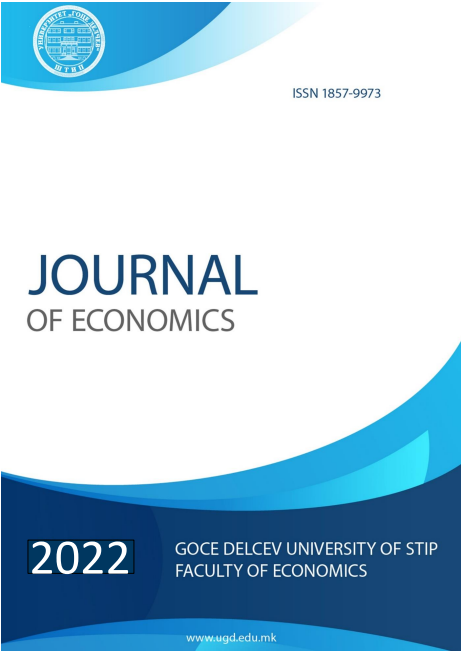Analysis of the trade relations between the countries being part of the open Balkan initiative
DOI:
https://doi.org/10.46763/JOE227.2040mkKeywords:
Competitiveness, Revealed comparative advantage, TradeAbstract
This paper's objective is to identify the sectors in which the Republic of North Macedonia has a comparative advantage regarding its export to other countries that are part of the Open Balkan initiative. The revealed comparative advantage of the Republic of North Macedonia in relation to the Republic of Serbia and the Republic of Albania was calculated for the time period of 2011-2020 by having used the Standard International Trade Classification, Revision 4 (SITC, Revision 4). The quantitative methods that were used during the research are the following: the Index of Trade Openness (ITO), the Trade Balance Index (TBI), and the export index of Revealed Comparative Advantage (Balassa’s RCA). The results of the research point to the fact that regarding the case of the Republic of North Macedonia, a high index of trade openness was registered in comparison to the other countries being part of the Open Balkan initiative. Furthermore, the Trade Balance Index shows that in the course of the analyzed period, the Republic of North Macedonia had been continuously present in the capacity of a net exporter of products of the category of tobacco and beverages, whereas the RCA index indicates positive values in the category of the food sector, beverages and tobacco, crude materials, except fuels as well as animal and vegetable oils, fats and waxes.


